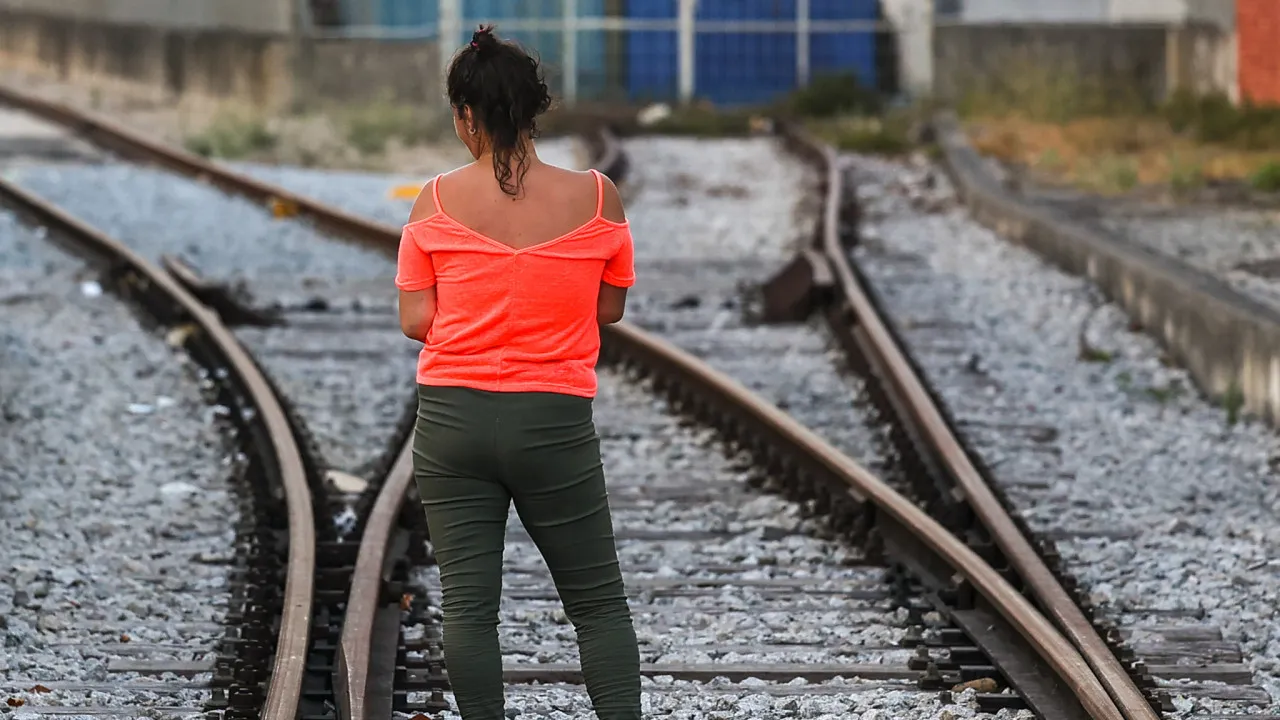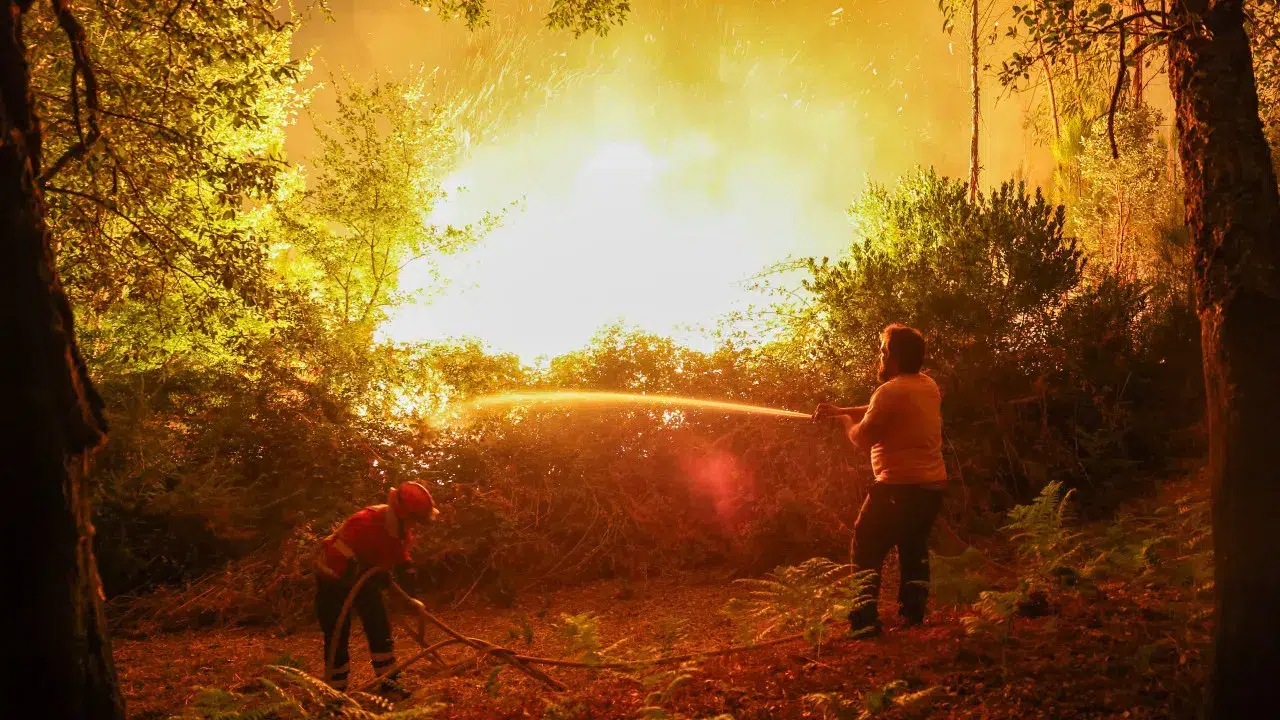
Being a woman on the street is an added vulnerability, many homeless women have confessed. It compounds the loss of dignity and self-esteem with violence, humiliation, fear, and the necessity for self-protection strategies.
Maria (fictitious name), 48, has been living for six months in a shelter run by the Comunidade Vida e Paz, one of the few with rooms for women. Before that, she spent three years on the street after refusing to return to a violent partner during the Covid-19 pandemic.
“I left my son with my parents. I thought it was safer than taking him to the street”, she says.
On the street, she learned to protect herself: carrying a backpack, sleeping in different places each night, and avoiding routines. But it didn’t always work.
“One day I fell asleep on a staircase, thinking no one would find me. I woke up with a man on top of me. I managed to push him away. I ran, afraid he would chase me”, she recalls.
She had her tent destroyed and was threatened with a knife. “Being a woman on the street is an added vulnerability and difficulty”, she summarizes.
Margarida Bolhão, 55, lived on the street for over 15 years. Now housed by the Portuguese Red Cross (CVP), she vividly remembers the constant fear of being raped.
She always carried her backpack to avoid theft, using it as a pillow at night. “I sought the company of men just for the sense of protection”.
According to Teresa Prata, a social worker at Comunidade Vida e Paz, “women are more vulnerable to all types of violence”. Many join groups or partners for protection, even in situations of emotional dependence or abuse.
Ana (fictitious name), 36, has been living in a tent under a viaduct for a year and a half. She fled a 17-year relationship marked by aggression. Her son lives with his father, and her daughter with an uncle. “I eat with the rats, I sleep with the rats”, she describes. During her menstrual days, she washes with large bottles of water behind a wall.
“I don’t always have sanitary pads. Sometimes I use underwear or socks”, she reveals.
She wants to live with her children again, but fears that admitting her situation might lead to their institutionalization. Without income, she can’t pay for a room or look for work.
Luísa Gomes, 57, was homeless for 15 years. She remembers the shame she felt while sleeping on the street and her exposure to passersby. She also recalls the “heavy bleeding” during menstruation, forcing her to wash at a fountain.
“I went to a supermarket, blood almost dripping down my legs, to steal a sanitary pad because I didn’t have one”, she recalls. After years in prostitution, she changed her life by putting her fourth child up for adoption. Now, she lives with support from the CRESCER association, in the Housing First program.
Cristiana Merendeiro, a neuropsychologist and coordinator at CRESCER, states that “around 30% of homeless individuals are women”, averaging 40 to 45 years old. However, she notes an increase in young women with severe histories of domestic violence.
“These are women with severe trauma, with fragile mental health”, she states. Many avoid street teams for protection, hiding or only feeling secure with a partner.
She criticizes the institutional response that, when facing homeless mothers, opts to separate the children. “That is highly traumatic for the children and destructive for families”.
Maria Madalena Ramalho, vice-president of the Red Cross, confirms that the number of homeless women supported by the institution has grown. In the past two years, the total number of people supported by the CVP increased by 126%.
“The phenomenon is moving towards parity,” she says, citing causes like the economic crisis, an aging population, and the rise of single-parent families—mostly composed of women with children.
She admits that the situation could worsen with rising housing costs, not matched by salary increases.
According to the Homeless Population Characterization Survey, as of December 31, 2023, there were 13,128 people in this condition, 4,871 of whom were in the Lisbon Metropolitan Area. This is a growing number, in which women are increasingly less of an exception.




